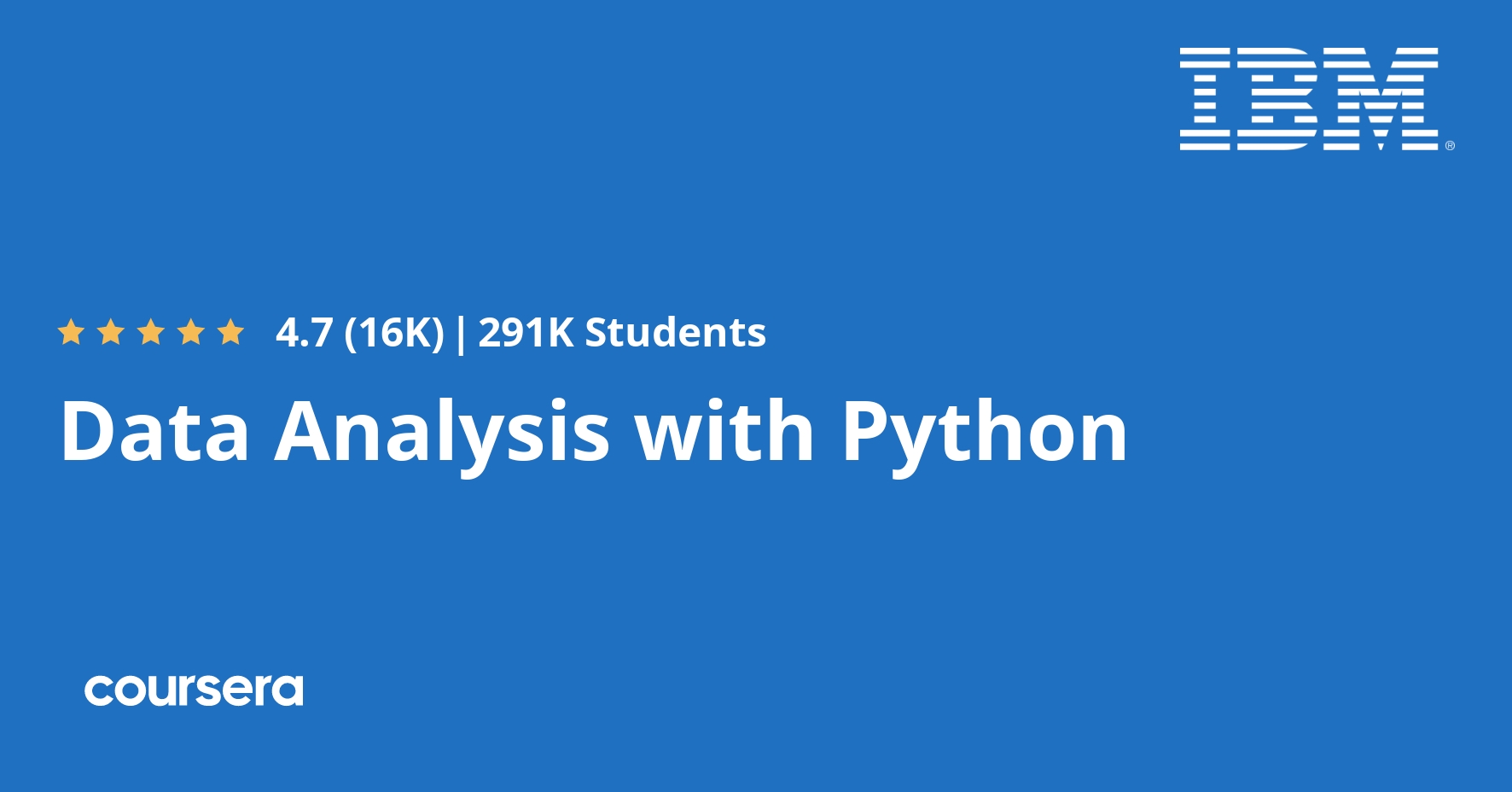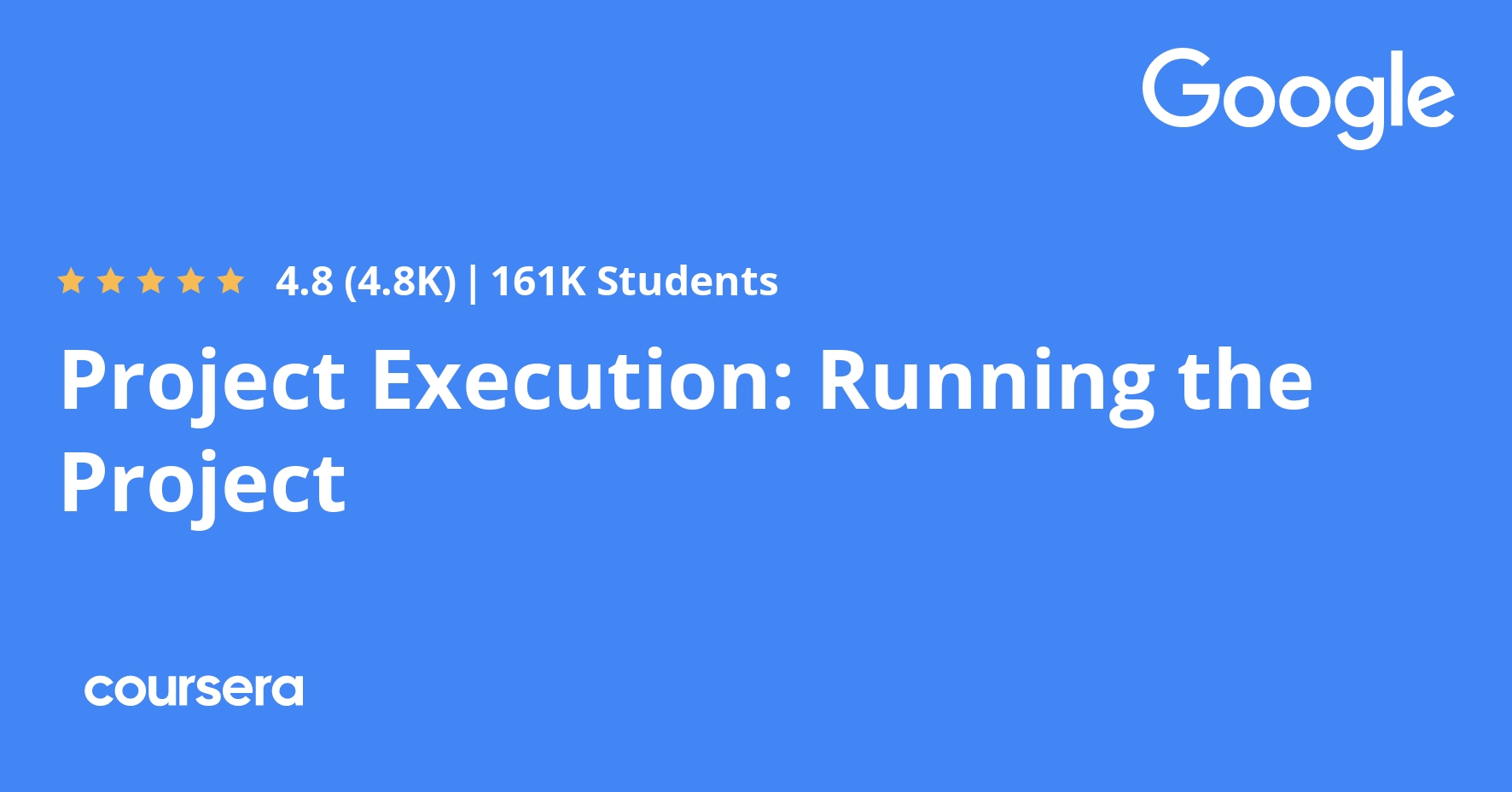Description
Analyzing data with Python is an essential skill for Data Scientists and Data Analysts. This course will take you from the basics of data analysis with Python to building and evaluating data models.
Topics covered include:
– collecting and importing data
– cleaning, preparing & formatting data
– data frame manipulation
– summarizing data
– building machine learning regression models
– model refinement
– creating data pipelines
You will learn how to import data from multiple sources, clean and wrangle data, perform exploratory data analysis (EDA), and create meaningful data visualizations. You will then predict future trends from data by developing linear, multiple, polynomial regression models & pipelines and learn how to evaluate them.
In addition to video lectures you will learn and practice using hands-on labs and projects. You will work with several open source Python libraries, including Pandas and Numpy to load, manipulate, analyze, and visualize cool datasets. You will also work with scipy and scikit-learn, to build machine learning models and make predictions.
If you choose to take this course and earn the Coursera course certificate, you will also earn an IBM digital badge.
What you will learn
Importing Datasets
In this module, you will learn how to understand data and learn about how to use the libraries in Python to help you import data from multiple sources. You will then learn how to perform some basic tasks to start exploring and analyzing the imported data set.
Data Wrangling
In this module, you will learn how to perform some fundamental data wrangling tasks that, together, form the pre-processing phase of data analysis. These tasks include handling missing values in data, formatting data to standardize it and make it consistent, normalizing data, grouping data values into bins, and converting categorical variables into numerical quantitative variables.
Exploratory Data Analysis
In this module, you will learn what is meant by exploratory data analysis, and you will learn how to perform computations on the data to calculate basic descriptive statistical information, such as mean, median, mode, and quartile values, and use that information to better understand the distribution of the data. You will learn about putting your data into groups to help you visualize the data better, you will learn how to use the Pearson correlation method to compare two continuous numerical variables, and you will learn how to use the Chi-square test to find the association between two categorical variables and how to interpret them.
Model Development
In this module, you will learn how to define the explanatory variable and the response variable and understand the differences between the simple linear regression and multiple linear regression models. You will learn how to evaluate a model using visualization and learn about polynomial regression and pipelines. You will also learn how to interpret and use the R-squared and the mean square error measures to perform in-sample evaluations to numerically evaluate our model. And lastly, you will learn about prediction and decision making when determining if our model is correct.





